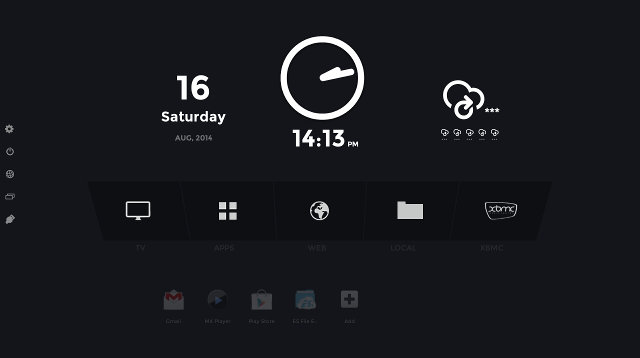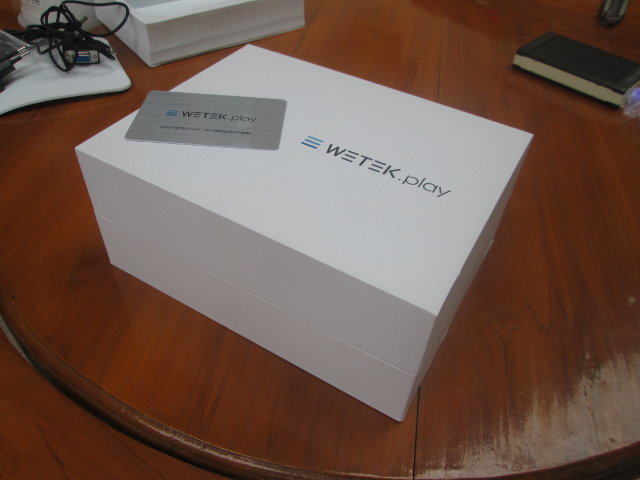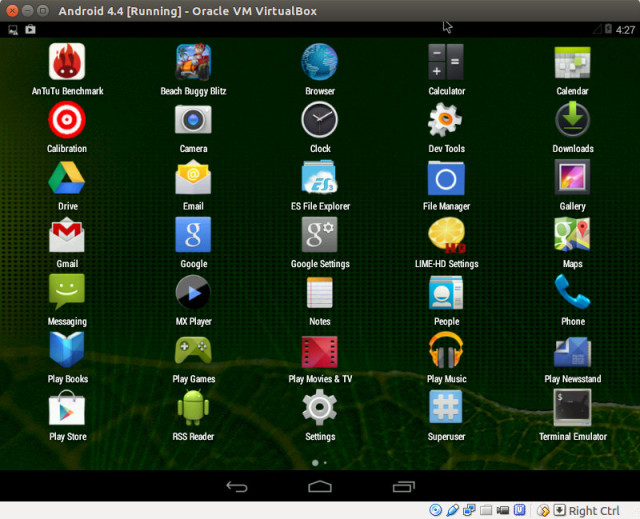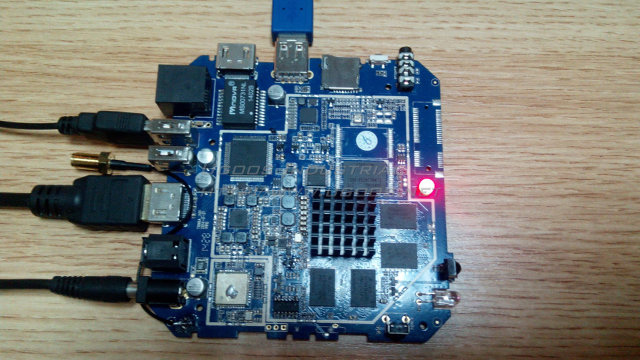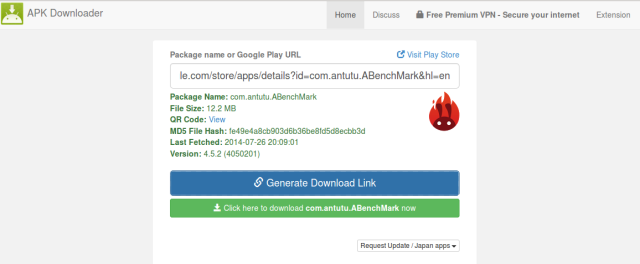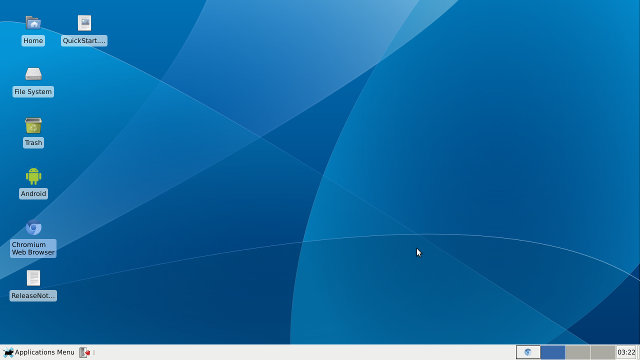[Update, December 29, 2014: You may want to read the updated WeTek Play Review with newer firmware including IPTV services, and bug fixes] I’ve already posted pictures of WeTek Play and its boards, and now it’s time to do a full review of this Android DVB-S2 receiver / media player. I’ll start by giving my first impressions, going through the system settings, testing my library of video test files, as well as DVB-S2 support via WeTek Theater, and check most of hardware features. I’ll also test network and storage performance, before running Antutu benchmark to make sure the device runs at optimal speed. First Boot, Settings and First Impressions Contrary to the vast majority of devices, WeTek Play does not come with a basically useless infrared remote, but instead an RF air mouse with an IR transmitter in order to provide true power ON/OFF capabilities. The remote is very nice […]
Unboxing of WeTek Play DVB-S2 Android / Linux STB
WeTek Electronics, a company based in Hong Kong, has sent me an Android TV powered by Amlogic AML8726-MX dual core Cortex A9 processor. Nothing new here, but I was very very interested in reviewing it because it includes a DVB-S2 tuner, and on top of their stock Android firmware, the company provides various Android and Linux firmware files such as CyanogenMod, ParanoidAndroid, OpenELEC, Linux with Enlightenment desktop environment, Lubuntu 14.04 and so on. Today, I’ll list the hardware specifications of the device, show some unboxing pictures and video, and as usual, open the device to see what’s inside. I’ll provide a full review in one or two more posts. WeTek Play Specifications Apart from the DVB-S2 tuner are the serial port, the hardware specifications sound familiar: SoC – Amlogic AML8726-MX dual core Cortex A9 @ 1.5GHz with Mali-400MP GPU System Memory – 1GB DDR3 Storage – 4 GB NAND flash […]
Android-x86 4.4 Stable Released for x86 Computers, Laptops, Netbooks…
There are several methods to run Android in an x86 computer or laptop, but Android-x86 could be one of the best to do that, and the developers have just released the first stable release for Android-x86 4.4 Kitkat. This release includes support for OpenGL ES hardware acceleration for AMD Radeon and Intel graphics, ffmpeg integration to support HD video playback in apps, and more. The file to download is android-x86-4.4-r1.iso, which you can then install on a USB flash drive:
|
1 |
sudo dd if=android-x86-4.4-r1.iso of=/dev/sdX |
where /dev/sdX is the device name of your usb drive. If you are a Windows users you can use Win32DiskImager utility instead. Android should then boot from USB, and you can decide to run it from USB or install it on you hard drive. I haven’t done this, but instead, I’ve created a new Linux 32-bit virtual machine in VirtualBox without internal storage to try it out quickly in […]
Rockchip RK3288 Temperature Testing and Antutu Benchmarks
There are many upcoming Rockchip RK3288 based devices, and in the listing the CPU frequency varies from 1.6 GHz to 2.0 Ghz. so it’s difficult to know exactly what to expect. Ugoos has done some testing with their UT3 board measuring temperature after Antutu benchmark for different CPU clock frequencies and fan/fanless combinations. The board comes with a rather tiny heatsink which may explain some of the results below. They also added a small fan on top in about half the tests to compare the temperature against an heatsink only solution. Without further delays let’s go through the results: Frequency Antutu Score Temperature (heatsink) Temperature (Back of PCB) Heatsink only Heatsink + fan Heatsink only Heatsink + fan 1.608 GHz 38655 67 °C N/A 70 °C N/A 1.704 GHz 39853 72 °C 50 °C 75 °C 60 °C 1.800 GHz 41440 83 °C 52 °C 85 °C 62 °C 1.920 […]
Linaro 14.07 Release with Linux Kernel 3.16 and Android 4.4
Linaro 14.07 has just been released with Linux Kernel 3.16-rc6 (baseline), Linux Kernel 3.10.50 (LSK), and Android 4.4.4. This month, Linaro has continued development on Juno 64-bit ARM development board, as well as other member boards from Broadcom (Capri), Qualcomm (IFC6410), Hisilicon D01, Samsung (Arndale / Arndale Octa), etc.. Android have been upgraded to version 4.4.4 with images released for Pandaboard, Arndale, Nexus 10, and Nexus 7, built with Linaro GCC 4.9. Here are the highlights of this release: Linux Linaro 3.16-rc6-2014.07 released GATOR version 5.18 (same version as in 2014.04) updated basic Capri board support from Broadcom LT. Good progress in upstreaming the code: now the topic has 21 patch on top of v3.16-rc4 vs 53 patches on top of v3.15 in 2014.06 cycle removed cortex-strings-arm64 topic as the code is accepted into the mainline new topic from Qualcomm LT to add IFC6410 board support updated Versatile Express ARM64 […]
$50 CMX Dual Core Android TV Box Runs Android 4.2, Supports XBMC Linux
XBMC Android now runs fairly well on ARM based hardware, but some people still prefer to run XBMC Linux because they want a pure XBMC experience, and Android is just an unnecessary overhead, and some features are still better supported in XBMC Linux such as frame rate switching, which is not supported in Android (You need to manually select the refresh rate in the settings). One way to go if you want to get XBMC Linux is to buy one of the boxes pre-loaded with the firmware such as Jynxbox M1V2 Pure Linux or Little Black Box. But these devices are generally significantly more expensive than their Android equivalents. So instead, some people get an Android TV box, and install XBMC Linux firmware compatible with the hardware such as MX Linux which runs on media players with a “g18ref” and “mx2ref” boards. Gbox Midgnight MX2 is one of these g18ref […]
APK Downloader Retrieves an App APK with its Google Play Link
Let’s assume you are unlucky, and frequently end up with Google Play saying “Sorry, this app is not compatible with your device”. The usual way is either to patiently wait for a new firmware, or actually go through Android configuration files to change the behavior by, for instance, emulation a “Samsung Galaxy S4”. It’s also possible you somehow ended up with a device without Google Play. There’s now another solution thanks to APK Downloader. The way it works is that you just go to APK Downloader website, look for the app in Google Play website in your PC or device, copy the URL to APK Downloader website, and click on “Generate Download Click”. After a few seconds, or minutes depending on the APK size you’ll be able to download the APK. I used Antutu for testing as shown in the screenshot above. There’s a total limit of 250 new cached […]
Testing VolksPC’s MicroXwin Android & Debian Distribution in MK808 mini PC
Earlier this week, I wrote about VolksPC mini PC running Debian and Android simultaneously, and the developers decided to send me a unit for testing. The hardware I received is the popular MK808 mini PC based on Rockchip RK3066 with 1Gb RAM, and 8 GB RAM, but loaded with MicroXwin unified distribution. MicroXwin is an implementation of Windows X that’s not using a client/server protocol, for instead communicates directly with the drivers for better performance, especially on low-end hardware. I connected MK808 to my HDMI TV, added a USB hub to connect a USB keyboard as well as Mele Air Mouse, and powered up the device. The boot to Debian takes about 30 seconds, and 50 seconds for Android. As you boot it will enter in Debian with XFCE desktop environment, and you’ll notice two files, namely the Quick Start Guide and Release Notes that explain how to get started […]


